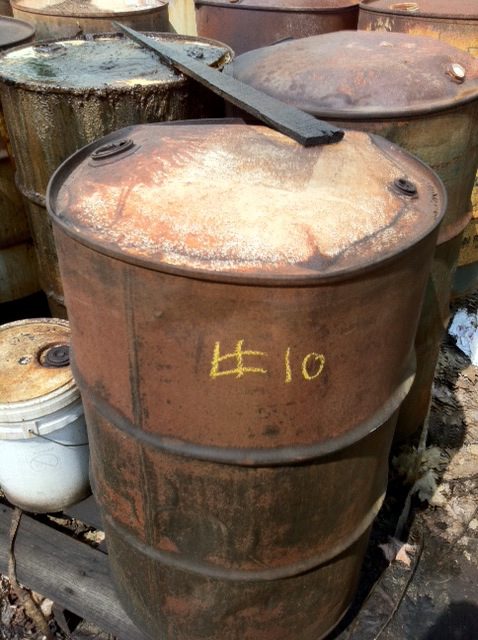
Unknown chemicals are often the product of poor housekeeping and being lackadaisical in laboratory safety. For hazardous waste generators and disposal companies alike, unknown chemical wastes are a liability and must be analyzed and properly categorized before they can be safely handled and treated.
Identifying an Unknown Chemical
When an unknown hazardous waste is discovered, effort must be made to provide an accurate description of the waste’s constituents. The following steps may help identify the unknown material:
- Consult all lab personnel: The lab supervisor should have a record of all types of work that has been performed in the lab and the related chemicals – does the waste visually match any of the experiments or processes currently being conducted or are routinely performed in the lab?
- Conduct a pH test: Using litmus paper, a liquid unknown, may be checked for corrosivity. Any liquid that falls between 0-2.5 (acidic) and 12-14 (basic) is considered a hazardous waste.
- Check for present reagents: Waste could likely be derived from various reagents and knowing what is present could drastically reduce the possibilities of what the unknown chemical could be.
- See if it’s an oxidizer: Similar to a pH test, use starch paper to see if a liquid reacts and produce a blue-violet complex. If the waste chemical does, it is an oxidizer, a type of hazardous waste.
While these methods may help you come to a conclusion about what an unknown chemical is, it is imperative that you avoid unknowns altogether.
Unknown Chemical Prevention
Preventing unknown chemicals is a key step for staying in compliance and avoiding government fines. Reducing the likelihood of generating chemical unknowns is simple and requires little extra effort.
- Label as you work: Keeping all materials labeled, even containers used temporarily, prevents any one stepping away and forgetting what is in the container.
- Maintain an accurate inventory
- Periodic Inspections: Weekly inspections of labels on hazardous waste containers and chemicals inventories will prevent labels from fading, falling off, or becoming intelligible. Require the inspector to maintain labels and ensure containers are in good condition.
- Use full names: Require all laboratory personnel to label containers with full chemical names and never abbreviations, trade names or chemical formulas.
- Segregated by hazard: Chemicals stored in distinct zones of a storage area based on flammability, corrosivity, and reactivity will not only reduce the risk of hazardous conditions but also help to identify what substances are located in a specific zone.
By following the above bullet points and always practicing good housekeeping you will prevent the likelihood of unknown chemicals in your facility. Contact us at Maine Labpack today to speak with a specialist.
